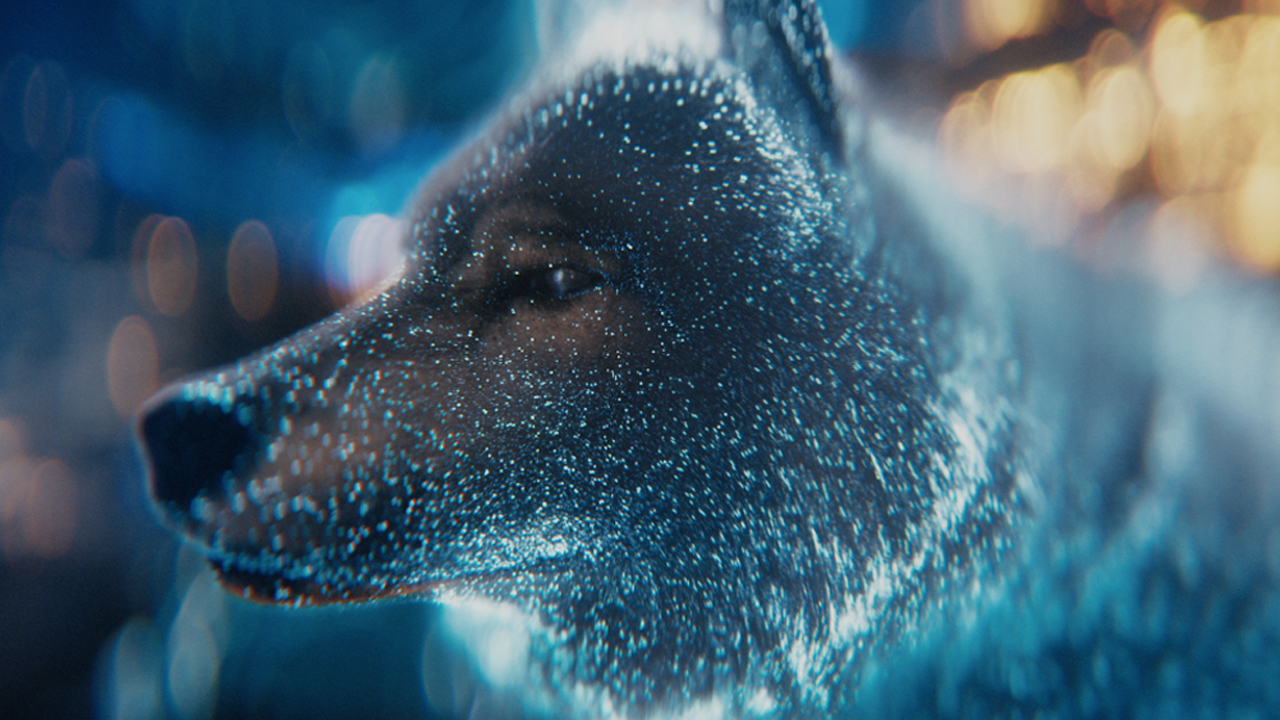Audi
A5

Working closely with Director GMUNK out of NEXUS Studios and BBH, The Mill have created the remarkable spot ‘Pure Imagination’ for the launch of Audi’s global campaign for their new 'A5' model.
Director:
GMUNK
Production Company:
NEXUS Studios
Agency:
BBH
GMUNK
Production Company:
NEXUS Studios
Agency:
BBH
Read MoreRead Less
The 60” spot creates the vision of the ‘super-computer’ and aims to answer the question; "What if artificial intelligence could dream?".
Starting from what feels like the inner-core of the machine, the film takes viewers on a vivid journey, through a world of lights, movement, and alternative reality; featuring segments of continuous and fast-travelling shots to ensure that an air of intensity and excitement remains throughout.
The result is a stunning piece that celebrates the magic of visual effects and far beyond, keeping viewers encapsulated in a world of the extraordinary from the opening frame until the closing frame.
With this project came a series of brand new challenges that saw Mill talent from across 2D and 3D visual effects working closely together to bring the spot to life.
Talking further about the complexity of the project, and on collaborating with Director GMUNK, Mill 2D Lead Artist and Shoot Supervisor James MacLachlan shares, “I've always loved doing projects with GMUNK; his approach to an ever-evolving aesthetic is one I really respond to. He came to us with a number of really great references and ideals of which we could build on. It's always a very collaborative process with GMUNK and this project was no exception.
The biggest challenge when approaching a project of this scale is sustaining the pace and enthusiasm GMUNK brings to an ever-evolving design. He's relentless. One minute you will be talking about the level of luminance in a fiber optic wolf fur, and the next you will be discussing why a digital seed explosion requires deep compositing, and what that can offer the final piece.
GMUNK often brings a very organic approach to the digital visuals he wants as a final product. Onset we shot camera filters, prisms, LEDs, screens and torches, to add to the layering of the compositing. Then, once back in the studio, we also constructed and shot giant kaleidoscopes and prisms. These elements were then digitized and reconstituted as camera effects and UV displacement maps in Nuke, adding to the final visual effect.
There were a number of firsts in this project that really added to the final piece. At a technology level the list would be very long, but we spent many hours hard at work to ensure we were hitting everything required.”
Further discussing the technical complexity of the project, The Mill 2D Artist Stefan Susemihl tells us how the team overcame the hardest challenges and achieved the spots seamless feel, “Throughout the process, we kept on trying to push the look through different techniques, even sometimes techniques that were completely new or never tried before.
Most challenges related to the fact of it being an edit with almost no cuts and heavy on design. There was a lot of work done not just on generating the FX, but also to make it as seamless as possible in between transitions from languages/looks in FX."
The Mill VFX Supervisor and 3D Lead Artist Alex Hammond goes on to explain further, “Early meetings with GMUNK and BBH were crucial to understanding the complex idea. We needed to create a world where a computer was dreaming of forms augmented by data.
The biggest challenge was to understand what this world would look like. This job also required heavy amounts of simulation which can be time-consuming to generate so we wanted to make sure we locked down all the components of the commercial. To do this we spent a good amount of time developing concepts and a detailed Previs which helped us understand the visual language of the film and allowed us to decide where to focus our attention.
The Audi job required us to use all the tools we had- and ones we didn’t yet! Multiple techniques and software were used to meet the demands of the job as we had to generate a 'physical' version of our world and then augment it with data to mimic the effect of lidar scanning. In this commercial, the data was in the form of millions of points of light scattered over various architectures and landscapes. In effect everything was unique in this ad - right down to the 'data' of the wolf's hair.
We created some tools to add high-detail to low-res geometry based on textures - this came in particularly handy for the sections inside the computer and architecture scenes where we needed to pick out lots of nice 'specular bokehs'.”